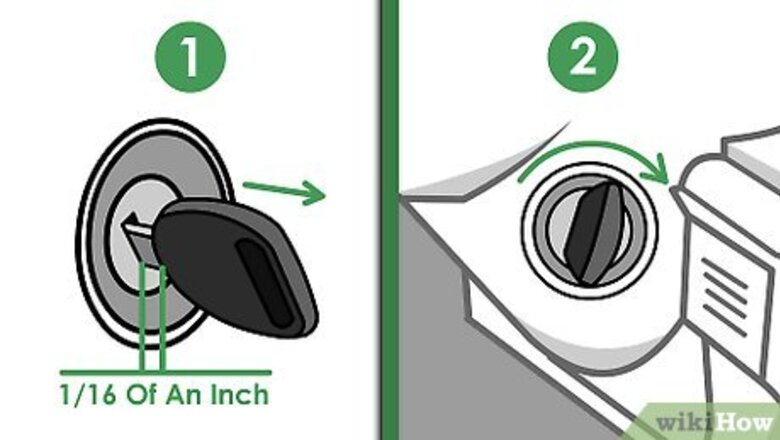
views
- Try pulling the key out slightly before turning it. Sometimes, pulling the key out just a tiny bit is enough to get it to turn.
- Gently wiggle the key back and forth as you turn the key to see if you can start the car.
- Try sliding the key in and out a few times to clear away any debris stuck in the ignition cylinder.
Quick Fixes
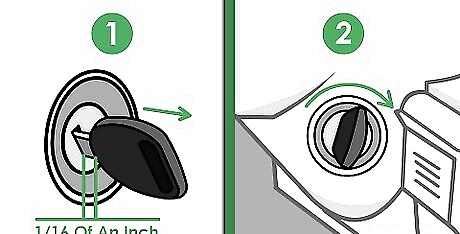
Pull the key out slightly and try to crank the ignition. If the key is beginning to wear, you may still be able to engage the pins needed to start the vehicle by inserting the key all the way, then pulling it back out slightly. Slide the key back out a fraction of an inch and try turning it again. If this works, the key is just on the older side and the edges are wearing down. It’s no big deal, but you’ll probably need to buy a new key soon.
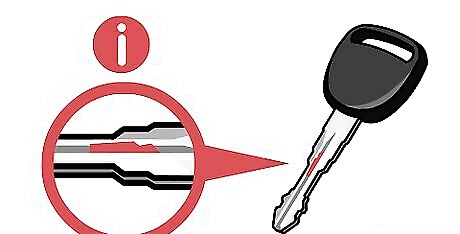
Clean the key if it looks dirty or greasy. The key won’t engage the pins in the ignition cylinder if it’s filthy. If you used your key to open a package recently, for instance, there may be bits of tape stuck to the teeth of the key, preventing it from working. Scrub the key with warm, soapy water. Use a toothbrush to scrub any grooves you can’t reach. Don’t use your keys to open packages or do anything else other than start your vehicle.
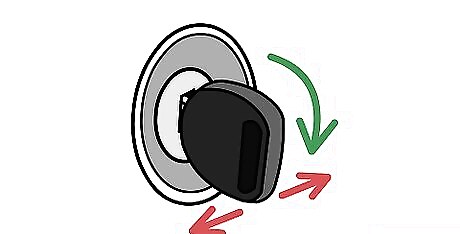
Wiggle the key gently back and forth as you turn it. If pulling the key out a bit fails to make the key turn, try wiggling it up and down slightly to engage the pins in the ignition. Be careful not to apply too much pressure—you don’t need more than a light jiggle. Moving the key can make the key contact the pins from a different angle, which may allow you start the vehicle. If wiggling the key works, it means the teeth on the key are too worn to properly engage the pins. Replace the key as soon as you reasonably can—it won’t last much longer.
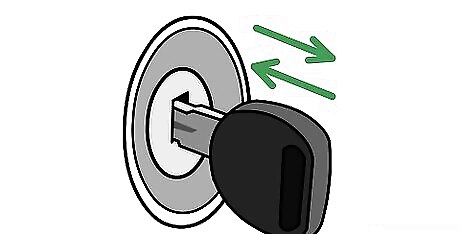
Slide the key in and out a few times. If the keyhole is dirty or it hasn’t been engaged in a while, you may just need to loosen the pins up. Insert the key completely, then slide it back out. Repeat this process a few times to try to move any debris that may be caught in the cylinder. Then, crank the engine. If this works and it doesn’t happen again, it’s probably a one-time thing you don’t need to worry about. If it happens again, it could be a sign your ignition cylinder—the mechanism that turns to unlock your steering column and start the engine—is starting to go bad.
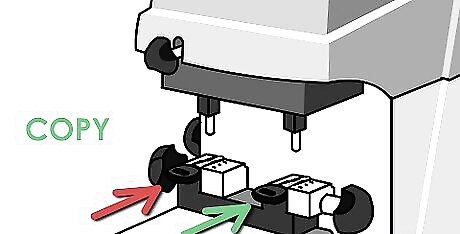
Get a new key cut if the pins are totally worn out. If the key is too damaged to work, go to a dealership for your vehicle’s brand. Explain that the pins or worn down or the key is damaged—they’ll be able to cut you a new one. Take the title with you, just in case you need to prove the vehicle is actually yours. The cost of a new key will depend on how fancy the electronics are. A basic key with no electrical component will only be about $50, but laser-cut fobs with built-in transponders can be up to $300.
Troubleshooting Other Problems
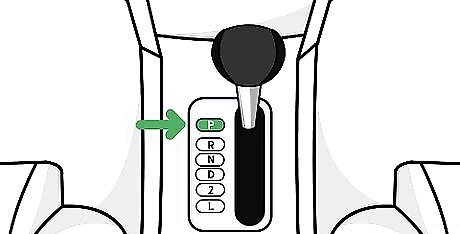
Wiggle the shifter to ensure the vehicle is in park. Vehicles equipped with an automatic transmission are designed not to start if the transmission is not in park or neutral. This is a safety feature, so check your shift lever to ensure it is completely in park or neutral. Put your foot on the brake and then wiggle the shifter while trying to crank the engine. Be sure the indicator on the shift lever is pointing at the “P” for park. Try taking the vehicle out of park and putting it back in if you can, then turn the key again. Also, some vehicle won't start unless you have your foot on the brake.
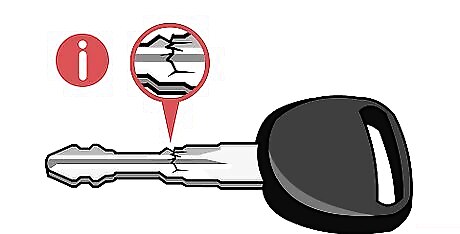
Inspect the key to make sure it’s straight and undamaged. If your key is bent or cracked and it won’t go all the way into the ignition, it’s time to get it replaced. Examine the key for signs of excessive wear, rounding, or bending. If you spot anything, take the key to a dealership to get it replaced. As silly as it sounds, double-check to be sure you're using the right key, as well. If you own multiple cars, you might have just grabbed the wrong keys.
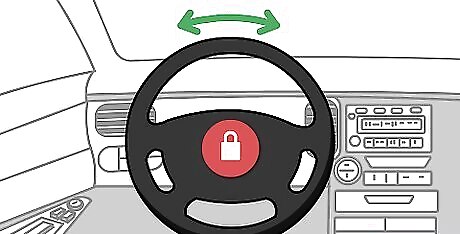
Move the steering wheel to unlock it while turning the key. If you were applying any pressure to the steering wheel when you turned the car off, it may have locked the wheel in place with the steering pin. Try to turn the wheel. If it will not move, or moves only very slightly, it is likely locked. Move your steering wheel back and forth while turning the key to unlock it. When you move the wheel back and forth, you will feel it stop abruptly as it comes into contact with the steering wheel lock. If your wheel was turned slightly without you applying any pressure when you turned the car off, it still may engage the steering wheel lock.
Dealing with Ignition Cylinder Issues
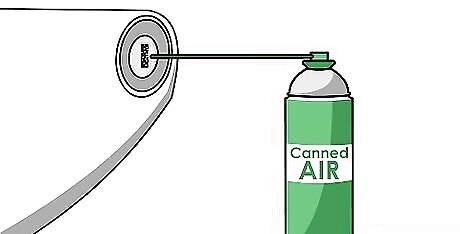
Use canned air to clean out the ignition port. If there is any dirt or dust caught in the ignition cylinder, it may keep the key from turning. Get some canned air and insert the straw from the nozzle directly into the key hole. Spray the canned air into the key hole in 2-3 short spurts. Then, try turning the key again. If your key, steering wheel, and gear shift seem perfectly fine, the problem is probably in the ignition cylinder. This is the mechanical assembly that turns to “unlock” your steering column.
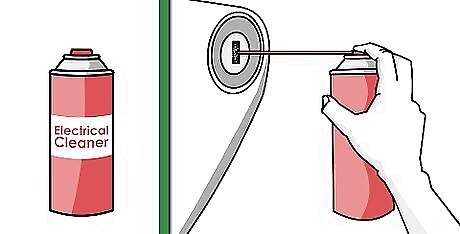
Use a small dose of electrical cleaner in the key hole. If the ignition cylinder is seized, spritz the inside of the key hole with a tiny burst of electrical cleaner. Don’t overdo it, though! You only need 1-2 short squirts. Then, insert the key and turn it back and forth gently to work the lubricant in. If this works, you may need to replace the ignition cylinder soon.

Get the ignition cylinder replaced if nothing else works. If all else fails, go to a mechanic and ask them to replace your ignition cylinder. Get your vehicle towed to a nearby repair facility or dealership. Explain the issue and ask them to swap out the ignition cylinder and take a look. A new ignition cylinder will probably require a new key, just FYI.














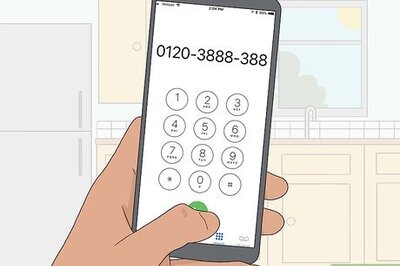



Comments
0 comment